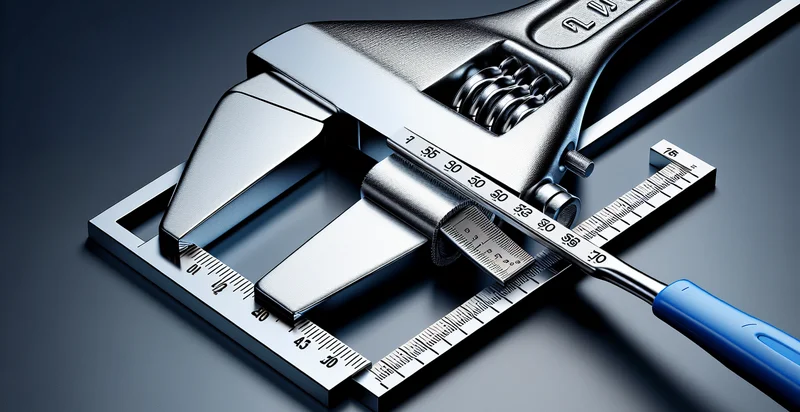Identify what material a wrench is made from
using AI
Below is a free classifier to identify what material a wrench is made from. Just upload your image, and our AI will predict what material a wrench is made from - in just seconds.

Contact us for API access
Or, use Nyckel to build highly-accurate custom classifiers in just minutes. No PhD required.
Get started
import nyckel
credentials = nyckel.Credentials("YOUR_CLIENT_ID", "YOUR_CLIENT_SECRET")
nyckel.invoke("what-material-a-wrench-is-made-from", "your_image_url", credentials)
fetch('https://www.nyckel.com/v1/functions/what-material-a-wrench-is-made-from/invoke', {
method: 'POST',
headers: {
'Authorization': 'Bearer ' + 'YOUR_BEARER_TOKEN',
'Content-Type': 'application/json',
},
body: JSON.stringify(
{"data": "your_image_url"}
)
})
.then(response => response.json())
.then(data => console.log(data));
curl -X POST \
-H "Content-Type: application/json" \
-H "Authorization: Bearer YOUR_BEARER_TOKEN" \
-d '{"data": "your_image_url"}' \
https://www.nyckel.com/v1/functions/what-material-a-wrench-is-made-from/invoke
How this classifier works
To start, upload your image. Our AI tool will then predict what material a wrench is made from.
This pretrained image model uses a Nyckel-created dataset and has 25 labels, including Alloy Steel, Aluminum, Beryllium, Brass, Bronze, Carbon Steel, Chrome, Cobalt, Copper and Fiber Reinforced Polymer.
We'll also show a confidence score (the higher the number, the more confident the AI model is around what material a wrench is made from).
Whether you're just curious or building what material a wrench is made from detection into your application, we hope our classifier proves helpful.
Related Classifiers
Need to identify what material a wrench is made from at scale?
Get API or Zapier access to this classifier for free. It's perfect for:
- Material Quality Assurance: A manufacturing company can leverage this identifier to ensure that the wrenches produced meet specified material standards. By analyzing and classifying the wrench materials, the company can identify defects early in the production process and maintain quality control.
- Inventory Management: Retailers can implement this technology to classify wrench materials during inventory checks. By accurately identifying materials, businesses can optimize stock management practices and ensure that customers can find the right tools made from appropriate materials for their needs.
- Competitive Analysis: Tool manufacturers can use the image classification function to analyze competitor products. By identifying the materials used in competing wrenches, companies can adjust their own product offerings to better compete in terms of quality, durability, and pricing.
- Maintenance and Safety Inspections: Maintenance teams can utilize the function to ensure that the right type of wrench is used in specific applications. By classifying the material of wrenches, teams can prevent the use of inappropriate tools in high-stress environments, thereby reducing safety risks.
- Material Recycling Programs: Recycling facilities can adopt this image classification tool to sort wrenches based on their materials for proper recycling methods. This can streamline processes and improve recycling efficiency, allowing for better resource recovery.
- Tool Restoration Services: Businesses focused on restoring old or damaged tools can use this function to accurately classify the materials of wrenches. This information is crucial for selecting the appropriate restoration techniques and products to preserve the tool's functionality and value.
- Consumer Education: Online retailers can implement this technology to provide consumers with information about the materials that wrenches are made from. Enhanced product descriptions can lead to informed purchasing decisions, helping customers choose tools that best fit their intended use and preferences.


